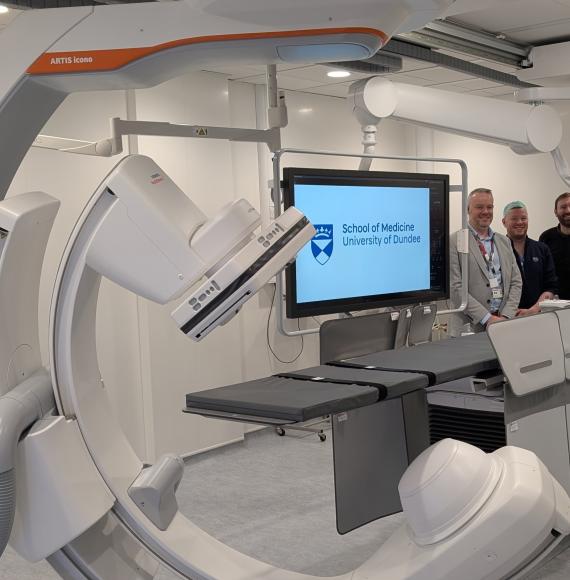The latest NHS waiting times statistics released recently reveal 7.6 million patients are now on the waiting list for elective care. Amidst many other pressures, trusts are working hard to recover elective care and reduce waiting times for their patients.
But services remain stretched to capacity, and trusts are struggling to meet patient demand, and reduce and prioritise their waiting lists, so that patients with the most pressing clinical need are seen as quickly as possible.
NHS England has asked trusts to have a plan in place by 30th September to tackle the backlog of outpatient appointments, and to complete waiting list validation for more than 12 week waiting lists by 31st October.
Beyond this, over the next nine months they have also been tasked with further taking control of elective recovery by validating entire waiting lists, reducing all waiting times to below 65 weeks and reducing outpatient follow-up appointments.
It’s a daunting task, especially with a long-standing workforce capacity gap and more often than not, outdated tools at their disposal. Trusts are in need of immediate solutions that will take the pressure off their staff and enable them to move through the backlog quickly and efficiently, instead of adding more problems.
To reduce waiting lists immediately, remove patients who don’t need to be seen anymore
Due to the size of trust waiting lists and the length of time that some patients have been on them, there are often a large number of patients who don’t need to be on the waiting list anymore. For example, their symptoms have resolved, they have had care elsewhere, or they don’t wish to be seen anymore. This situation inflates waiting lists artificially, leading to even longer wait times for those genuinely in need.
To prioritise seeing the patients who do still require care, trusts need a simple and quick way to communicate with patients so they can understand who doesn’t need to be on the waiting list anymore and who does. Of those who remain on the list, they then need to be able to prioritise who needs to be seen first.
However, the current methods trusts have at their disposal to do this are mostly manual, like calling patients up one-by-one or sending them letters. This only adds to the administrative burden and wastes hours of time, for example individually ringing thousands of patients. With many staff already exhausted and burnt out, this additional work is only intensifying the pressure. It also means patients are left in the dark about when they might receive care.
To reduce waiting lists, the first, and easiest, priority should be to remove patients from the waiting list who don’t need to be seen. This is often referred to as waiting list validation. With a single SMS message sent to entire cohorts of multiple patients at once, trusts can identify groups of patients who no longer need their appointment and remove them from the waiting list. This can be automated and done at scale, so trusts can act quickly and move through the backlog, significantly reducing waiting times for other patients.
Patients simply click on a link in the text message and fill in a questionnaire asking them if they still require their appointment or not. Patients who respond ‘no’ are able to give a reason why, before being removed from the waiting list. This means trusts can have the information that they need in order to confirm that a patient can be removed from the waiting list, and decide the best course of action.
To prioritise waiting lists, put patients on the right pathway for their individual needs
The next step is clinical triaging of patients who do need to be seen. For patients who respond ‘yes’ to the SMS asking if they still require their appointment, trust clinical staff can follow up with them for more information, via clinically validated structured data capture.
This enables clinicians to determine the right next step from the information they are given. Whether that’s an appointment, screening, going onto a Patient-Initiated Follow-Up (PIFU) pathway or mutual aid.
The proof is in the pudding
Accurx has helped University Hospitals of Leicester NHS Trust (UHL) reduce their waiting lists by more than 20,000 patients in a matter of months – supporting them as a large Trust with a huge workforce tackling one of the biggest outpatient backlogs in the country following the pandemic. It’s an incredible result, and has picked up patients who needed to be seen a lot sooner. With 67 teams at UHL now using this approach, staff say it has hugely reduced the administrative burden, allowing them to message thousands of patients at once.
The tech already exists, and can be implemented quickly
For trusts to meet NHS England's objectives of reducing and prioritising waiting lists, it is essential to provide staff with faster, more streamlined communication methods for patients on waiting lists. We cannot continue to expect teams to rely on disjointed and outdated communication systems to deliver safe care.
This will save staff time and improve morale, as well as give patients much-needed reassurance that while they may have been waiting a long time, they have not been forgotten about.
Image credit: iStock


















